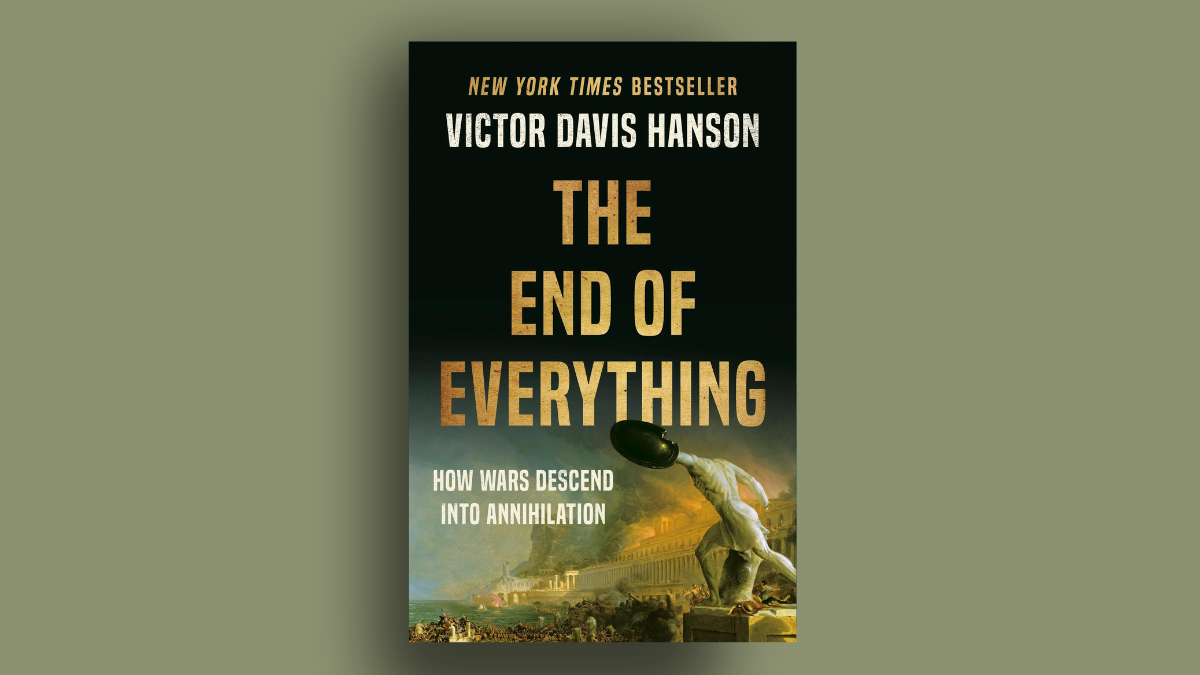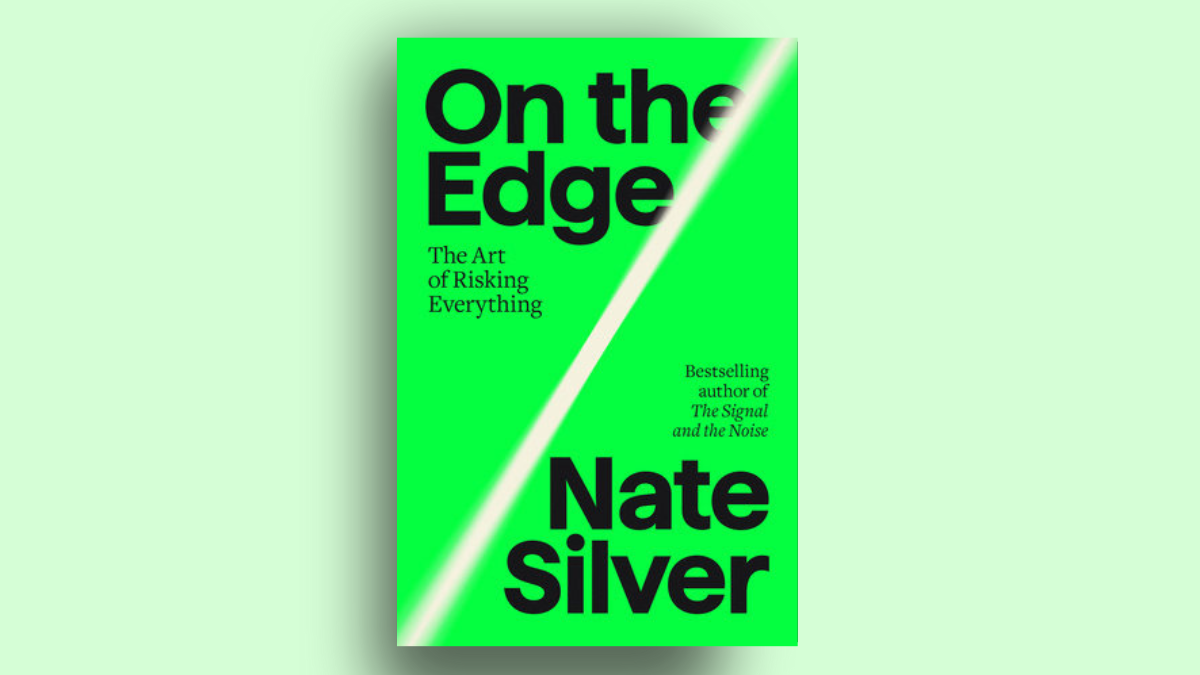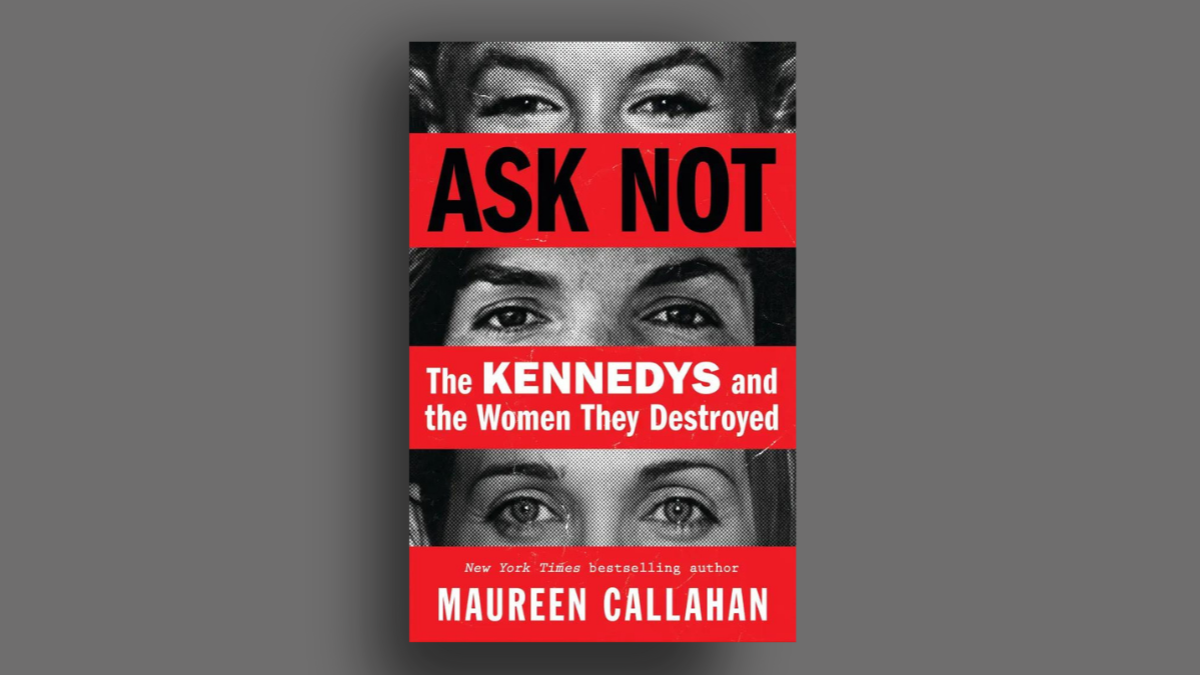In the famed 1838 Lyceum Address at the beginning of his political career, Abraham Lincoln warned of the greatest threat facing America. The then-Illinois state representative declared:
Shall we expect some transatlantic military giant to step the ocean and crush us at a blow? Never! All the armies of Europe, Asia, and Africa combined, with all the treasure of the earth (our own excepted) in their military chest, with a Bonaparte for a commander, could not by force take a drink from the Ohio or make a track on the Blue Ridge in a trial of a thousand years.
Though the United States was, at that time, a young and unpopulated nation in comparison to such imperial powers as Great Britain, France, and Spain, the geographic size of the nation, its distance from the European and Asian continents, and its ability to repel British forces during the War of 1812, seemed to prove the unassailable character of the American republic.
Almost two-hundred years removed from that speech, is it still true? Are we still a nation of “freemen” who “must live through all time or die by suicide?” Or are we now more at risk of destruction from some external foe? A new historical study by esteemed historian Victor Davis Hanson, The End of Everything: How Wars Descend Into Annihilation, warns that what can seem unimaginable can, given the (wrong) circumstances, become inevitable.
Case Studies in Great Civilizations Collapsing
Hanson, a senior fellow in military history and classics at the Hoover Institution at Stanford University and author of many acclaimed books, offers four examples of unexpected civilizational collapse over almost two millennia of history: classical Thebes, Punic Carthage, Byzantine Constantinople, and the Aztecs of Tenochtitlan. In each case, the civilization was destroyed by an abrupt war focused on a cultural, political, religious, or social center that resulted in the disappearance of that state’s government, leveling of its infrastructure, and killing, enslaving, and scattering of most of its people.
Why? Writes Hanson: “Naivete, hubris, flawed assessments of relative strengths and weaknesses, the loss of deterrence, new military technologies and tactics, totalitarian ideologies, and a retreat to fantasy can all explain why these usually rare catastrophic events nevertheless keep occurring.”
Per usual, Hanson exhibits his extraordinary gift for storytelling. His chapter on classical Thebes, destroyed by Alexander the Great’s Macedonian army in 335 B.C., begins with the arresting line: “Collective naivete can get a vulnerable people killed.”
From there, the demise of the Thebans, who governed what was widely viewed as the epicenter of the Greek cultural world, home to great mythological characters such as Hercules and famous dramatic characters such as Antigone, proceeds with frightening pace. Though once one of the most feared of Greek city-states, Thebes, abandoned by its neighbors and former allies, found itself confronted by an invader that would in future years bring the massive Persian Empire to its knees.
That same narrative force defines future chapters on Carthage, Constantinople, and the Aztecs. Interspersed throughout are details even those well-versed in these historical tales will find fascinating. The Carthaginians, for example, originally sought to parlay with the Romans, surrendering their weapons only to then realize that the Romans were bent not only on their surrender, but their destruction. Yet the hardy Carthaginians held out in their North African redoubt of approximately 500,000 residents for almost three years. Moreover, despite the constant Roman calls of Carthago delenda est (“Carthage must be destroyed”), almost no ancient observer, including the Romans themselves, justified Carthage’s obliteration, given the city’s humiliation in the Second Punic War had pacified it into a militarily harmless entrepot.
The chapter on the Aztecs is perhaps most interesting given its proximity in time and space to America. Though Hernán Cortés’s conquest of the great Aztec Empire is today portrayed as an avaricious colonialist enterprise, Hanson shows that the Aztecs were themselves an imperial power who not only subjugated other peoples of Mesoamerica, but annually sacrificed thousands of them to their gods. That much of the story, at least, should be familiar to those who possess a passing familiarity with the Spanish destruction of Aztec civilization.
What is less well-known is that even the other Mesoamerican tribes who joined the Spanish in their war against their brutal Aztec overlords were themselves cannibals who sacrificed captives to their gods. It remains up for debate how much Cortés was motivated by a desire to end such horrific practices rather than his also obvious commensurate desire for conquest, but what cannot be denied is that the Spaniards were often unwilling observers to the bloody sacrifice of their own captured compatriots from atop Tenochtitlan’s towering temples. Indeed, the Aztecs’ tendency to prefer capturing rather than killing their opponents on the battlefield — a tactic driven by their sacrificial system — contributed to the Spanish conquistadors’ triumph.
A Warning to Arrogant Americans
The End of Everything makes for spellbinding reading. Yet, one may ask, what is the lesson for America? “The more things change technologically, the more human nature stays the same — a law that applies even to the United States, which often believes it is exempt from the misfortunes of other nations, past and present,” Hanson ominously warns early in the book.
His epilogue fleshes out that admonition, though unfortunately unevenly. He notes various commonalities among these ravaged civilizations, such as a vain hope in help that never appeared, an unrealistic assessment of the danger faced, internal factionalism and disunity, and a fanatical resistance that unintentionally accelerated the civilization’s destruction. Though it goes unspoken, some of these qualities certainly define contemporary America.
Hanson ends the book by noting several threats to global security, including the ongoing war between Russia and Ukraine, North Korea’s perennial threats to its southern neighbor and the United States, and tensions between China and Taiwan, Iran and Israel, India and Pakistan, Turkey and Greece, and Azerbaijan and Armenia. All of these, undoubtedly, present risks to America and her allies that could provoke tremendous bloodshed. “Modern civilization faces a toxic paradox,” he writes. “The more that technologically advanced mankind develops the ability to wipe out wartime enemies, the more it develops a postmodern conceit that total war is an obsolete exercise.” Hanson rightly calls that type of thinking hubris.
Yet, one wonders, what is the lesson for America? Hanson makes no reference to unprecedentedly low US military enlistment rates, China’s concerning outpacing of American shipbuilding capacity, or the dramatic over-extension (and failure) of our military in the Middle East and Afghanistan.
These, and so many other trends, represent a weakening of American power and influence in the world, and, one presumes, are precisely the kinds of things Hanson believes we must address to retain our strategic advantages in an increasingly unstable world.
Moreover, as many analysts and pundits are observing, America seems almost as culturally and politically divided as it was in the years directly preceding our Civil War. While it’s possible an external enemy will bring America to its knees, my money is still on Lincoln’s prediction that our greatest existential threat remains ourselves.









